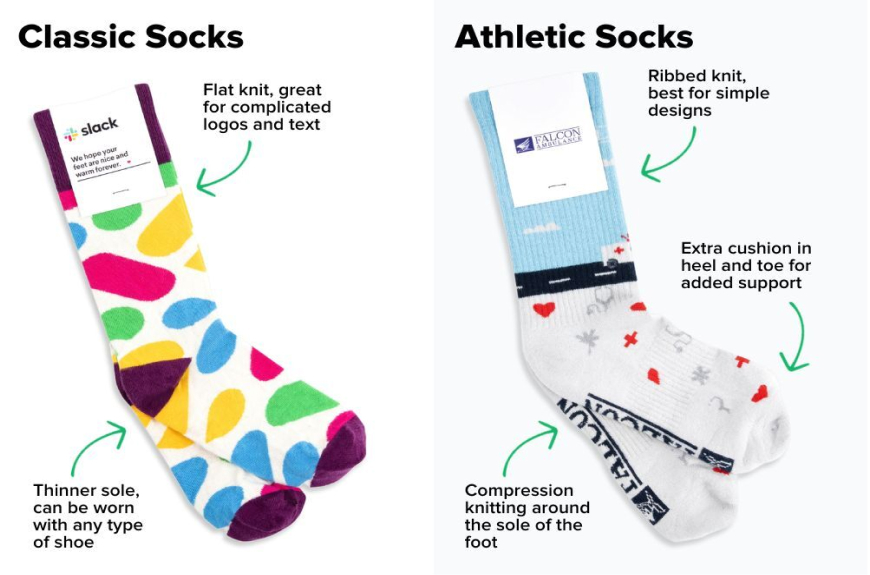Barefoot shoes have been gaining popularity in recent years, challenging the conventional wisdom of heavily cushioned footwear. These minimalist shoes aim to mimic the natural feel of walking or running barefoot while still providing some protection for your feet. If you're curious about this trend and wondering how it might impact your fitness routine, read on to learn more about barefoot shoes and their potential benefits.
What Are Barefoot Shoes?
Barefoot shoes, also known as minimalist shoes, are designed to allow your feet to move as naturally as possible. Unlike traditional shoes with thick soles and arch support, barefoot shoes have a thin, flexible sole that lets your feet feel the ground beneath them. This design philosophy aims to strengthen the muscles in your feet and legs, improve balance, and promote a more natural gait.
Key Features of Barefoot Shoes
The main characteristics of barefoot shoes include:
Minimal cushioning: Barefoot shoes have little to no cushioning, allowing your feet to sense the terrain and adapt accordingly.
Zero drop: This means there's no height difference between the heel and toe areas, promoting a more natural foot position.
Wide toe box: Barefoot shoes typically have a roomier toe area, allowing your toes to spread naturally.
Flexible sole: The thin, pliable sole enables your foot to bend and flex as it would without shoes.
Lightweight design: These shoes are usually very light, reducing the energy required to move your feet.
Benefits of Barefoot Shoes
Proponents of barefoot shoes claim several potential benefits:
Improved foot strength: By allowing your feet to move more naturally, barefoot shoes can help strengthen the muscles in your feet and ankles.
Enhanced proprioception: The thin soles enable better sensory feedback from the ground, potentially improving balance and spatial awareness.
Reduced impact: Some argue that barefoot-style running can lead to a more natural running form, potentially reducing the impact on joints.
Improved posture: The zero-drop design may help promote better overall posture and alignment.
While these benefits sound promising, it's important to note that scientific evidence on the advantages of barefoot shoes is mixed. Some studies have shown positive effects, while others have found no significant differences compared to traditional shoes.
Transitioning to Barefoot Shoes
If you're interested in trying barefoot shoes, it's crucial to transition gradually. Your feet and legs need time to adapt to the new sensations and demands. Start by wearing them for short periods and gradually increase the duration. Many people find athletic socks designed for minimalist shoes helpful during this transition period.
It's also essential to pay attention to your body and any discomfort you may experience. Some initial muscle soreness is normal, but persistent pain could indicate that barefoot shoes aren't right for you or that you're transitioning too quickly.
Choosing the Right Barefoot Shoes
When selecting barefoot shoes, consider the following factors:
Fit: Ensure the shoes fit well, with enough room in the toe box for your toes to spread naturally.
Activity: Choose shoes appropriate for your intended activities, whether it's running, hiking, or everyday wear.
Sole thickness: Depending on your experience and preferences, you may want to start with a slightly thicker sole and gradually move to thinner options.
Material: Look for breathable materials that allow your feet to stay comfortable and dry.
Remember that proper socks can significantly enhance your barefoot shoe experience, providing additional comfort and helping to prevent blisters.
Potential Drawbacks
While barefoot shoes have their advocates, they're not for everyone. Some potential drawbacks include:
Lack of protection: The thin soles offer less protection against sharp objects or rough terrain.
Adaptation period: It can take time for your feet and legs to adjust to the new sensations and demands.
Cold weather: Barefoot shoes may not provide adequate insulation in colder climates.
Not suitable for all foot types: People with certain foot conditions may require more support than barefoot shoes offer.
If you're prone to blisters or have sensitive feet, you might want to consider specialized blister prevention socks when trying barefoot shoes.
Wrapping Up
Barefoot shoes offer a unique approach to footwear, emphasizing natural foot movement and sensory feedback. While they may provide benefits for some individuals, they're not a one-size-fits-all solution. If you're interested in trying barefoot shoes, start gradually and listen to your body. Remember that quality socks can make a significant difference in your comfort and performance, regardless of the type of shoe you choose. Ultimately, the best footwear for you is the one that keeps your feet comfortable and supports your activities without causing pain or injury.


